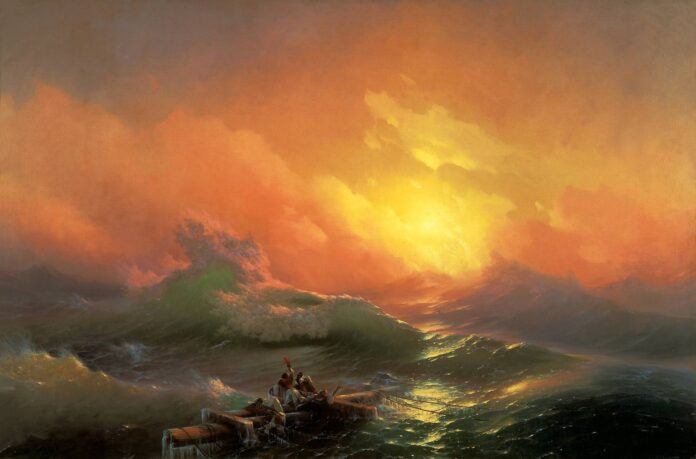The seaside is a constantly changing landscape. Its consistent movement has made him an excellent source of artistic inspiration for many artists. Representing the beach, the artists not only practice their art, but also share their emotions. We offer to plunge into a world where the sea and art become one!
Summer jam
The beach is often associated with heat, sand and relaxation. And many artists have had the same vision of relaxation and summer fun!
Among the endless list of styles and trends of art history, Edward Henry Pothast and Jost Wensvin usually tried to immortalize this fleeting moment of happiness.
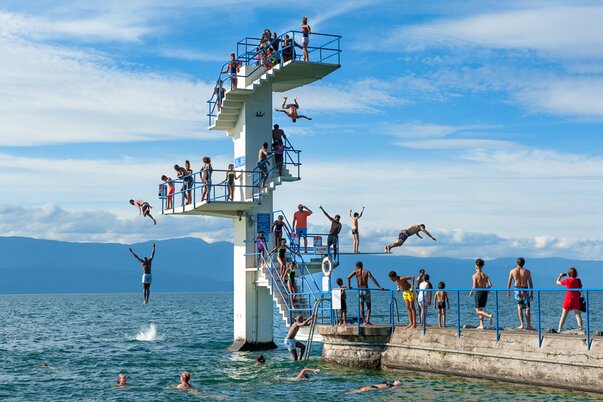
Long Walks along the beach
You probably often remember long walks, wandering along the seashore, immersed in your thoughts. The artists are all too familiar with this experience, so they enjoyed painting it and exploring the concept. As the sun begins to set, the beach ceases to be an active space, but rather a meditative environment. The atmosphere becomes ideal for your thoughts to drift among the waves and swim in the depths of the sea.
Caspar David Friedrich, a 19th-century German painter, captured this mood in Monk by the Sea, one of the most famous landscapes in art history. A monk amidst a misty, shady break in the sea border radiates true serenity and contemplation.
The Sea: An Artistic Study
In art history, the coast is a popular destination for artists studying color, light, and movement. Many artists have tried to capture the atypical lighting, which is often constant in the sky and wobbly in the sea. Marine art on canvas is a very relevant topic for those who seek to portray the true nature.
In the second half of the 19th century, the Impressionists and Post-Impressionists devoted a significant part of their work to the study of this colorful and shaky light, easily found in seascapes.
When we think of the seascapes of the French Impressionists, Claude Monet undoubtedly pops up in our minds. The artist was a leader in the Impressionist movement and painted many beach paintings; for example, his Norman coastal landscapes.
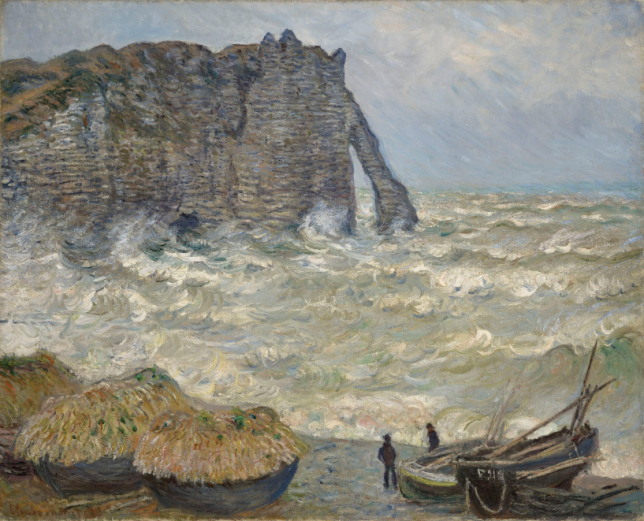
At the same time, the divisionists developed a special technique for capturing rays of light on the canvas by individually separating colors. By juxtaposing adjacent colors, they appear to merge in the eyes of the viewer, creating a unique visual experience.
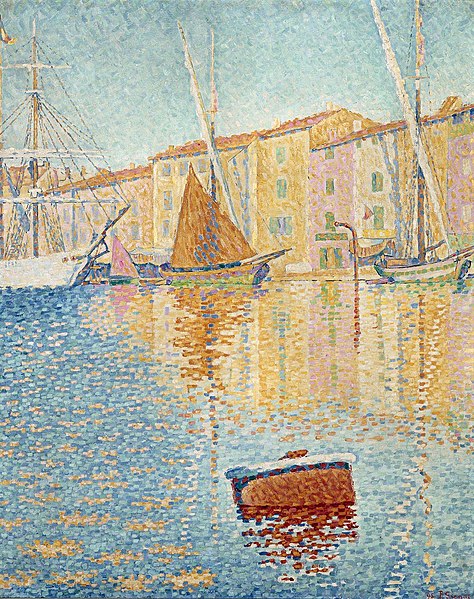
Paul Signac managed to create the impression of vibration in the sunset light of the port of Saint-Tropez in his painting “The Red Buoy”. Edmond Cross “Isles of Gold” also managed to make the sea glow at noon by painting a dark blue sea.
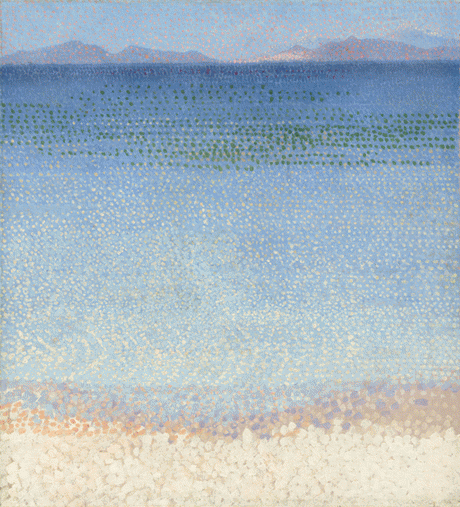
It is impossible to talk about the sea and seascapes without remembering this world-famous painting by the Russian artist Aivazovsky. “The Ninth Wave” – one of the most famous paintings by the Russian marine painter Ivan Aivazovsky, is stored in the Russian Museum in St. Petersburg.
“The Ninth Wave” became the pinnacle of the romantic period of Aivazovsky’s work. The 33-year-old artist was already quite well-known both in Russia and abroad, he received several gold medals and the title of academician of the Imperial Academy of Arts. But this painting immediately became a masterpiece. This painting by a Russian artist delights viewers all over the world.
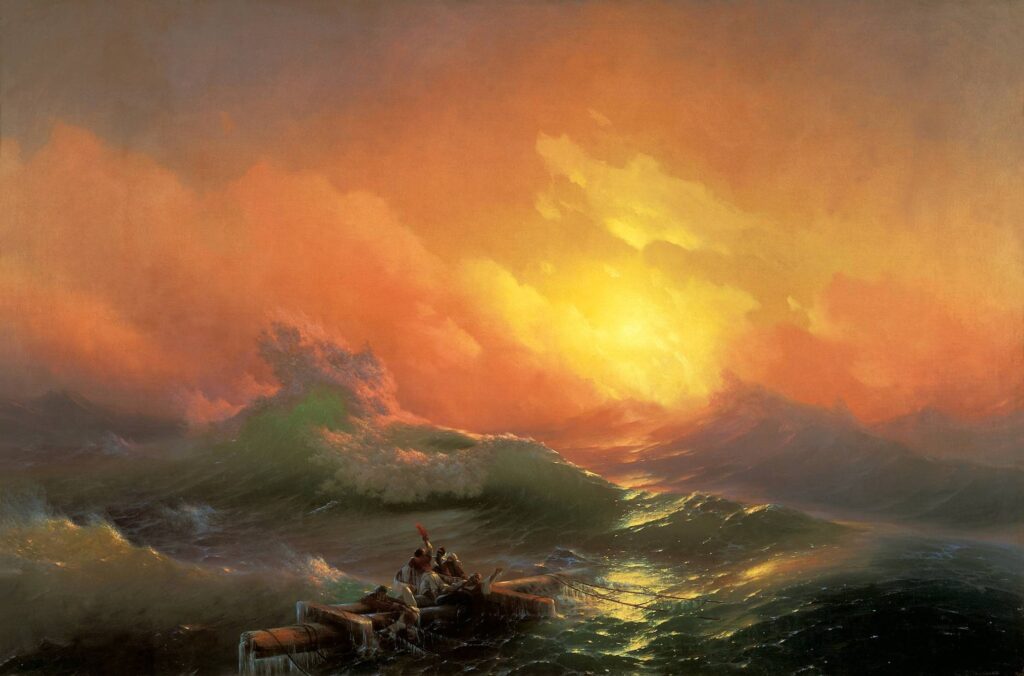
Paintings with coastal landscapes have been present throughout the history of art and are still relevant today. The beach has inspired many artists and allowed them to create new artistic themes, sensations and wonders. The sea and art have become two allies in the artistic world, linked by mutual thoughts and emotions.






